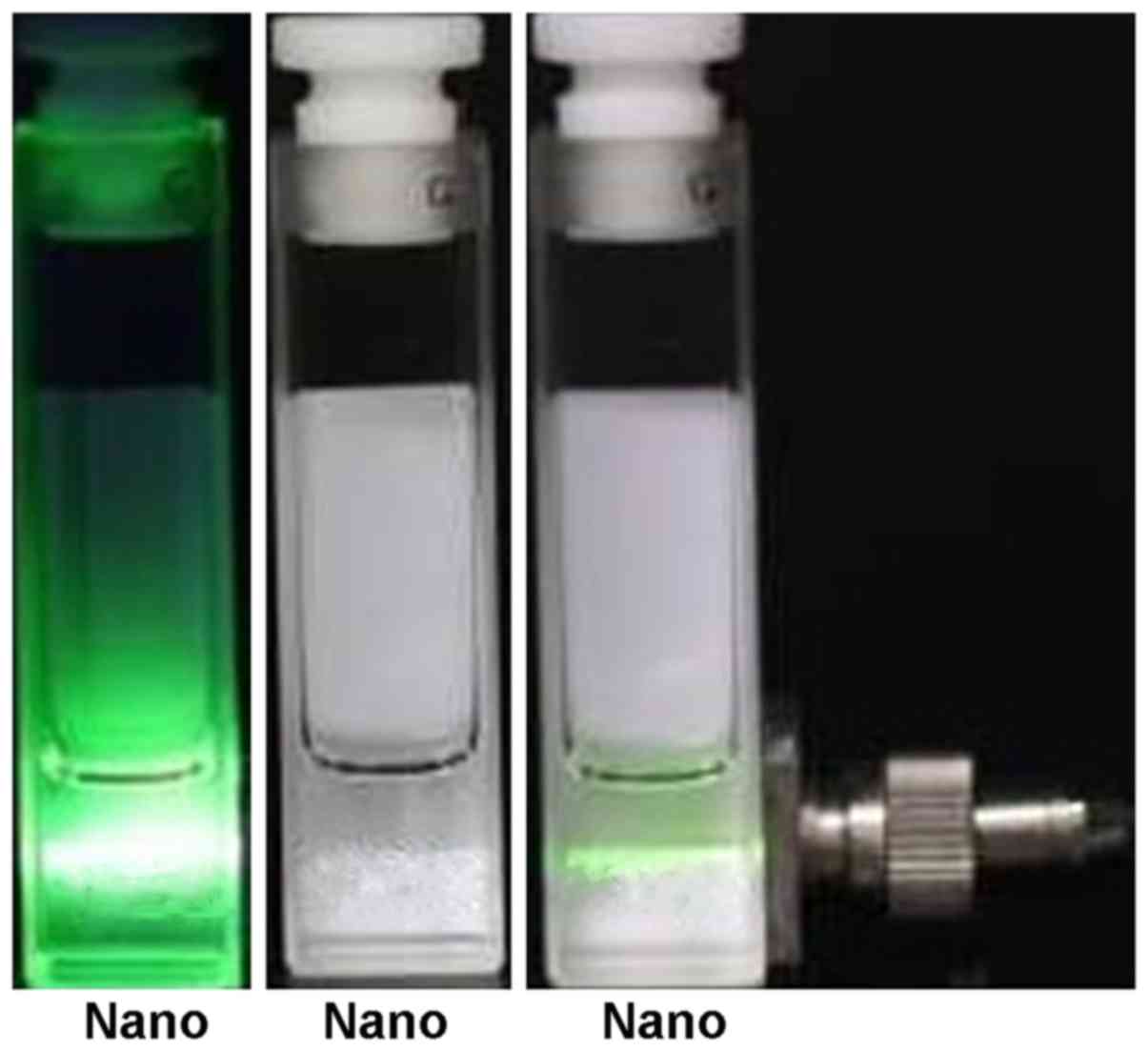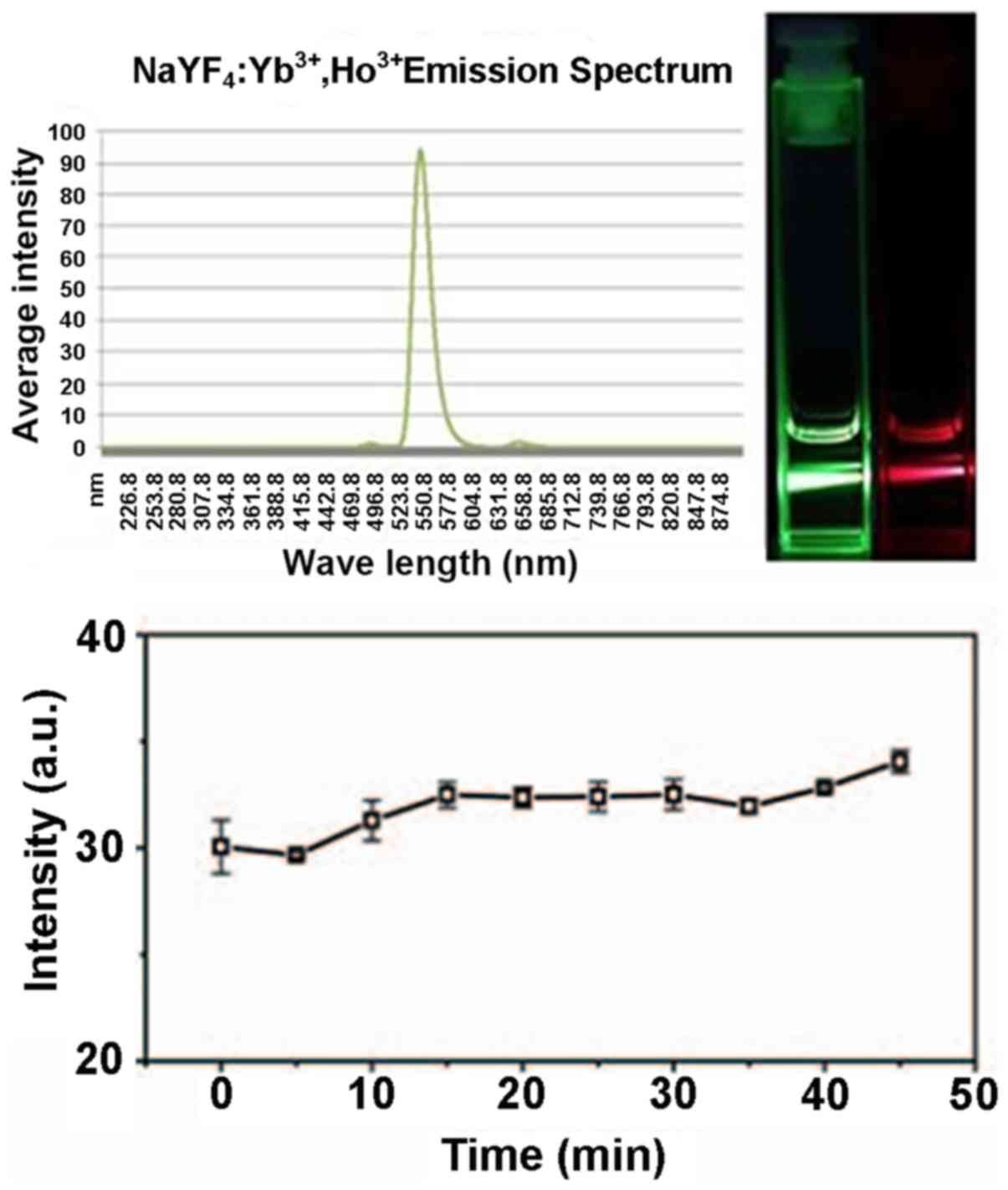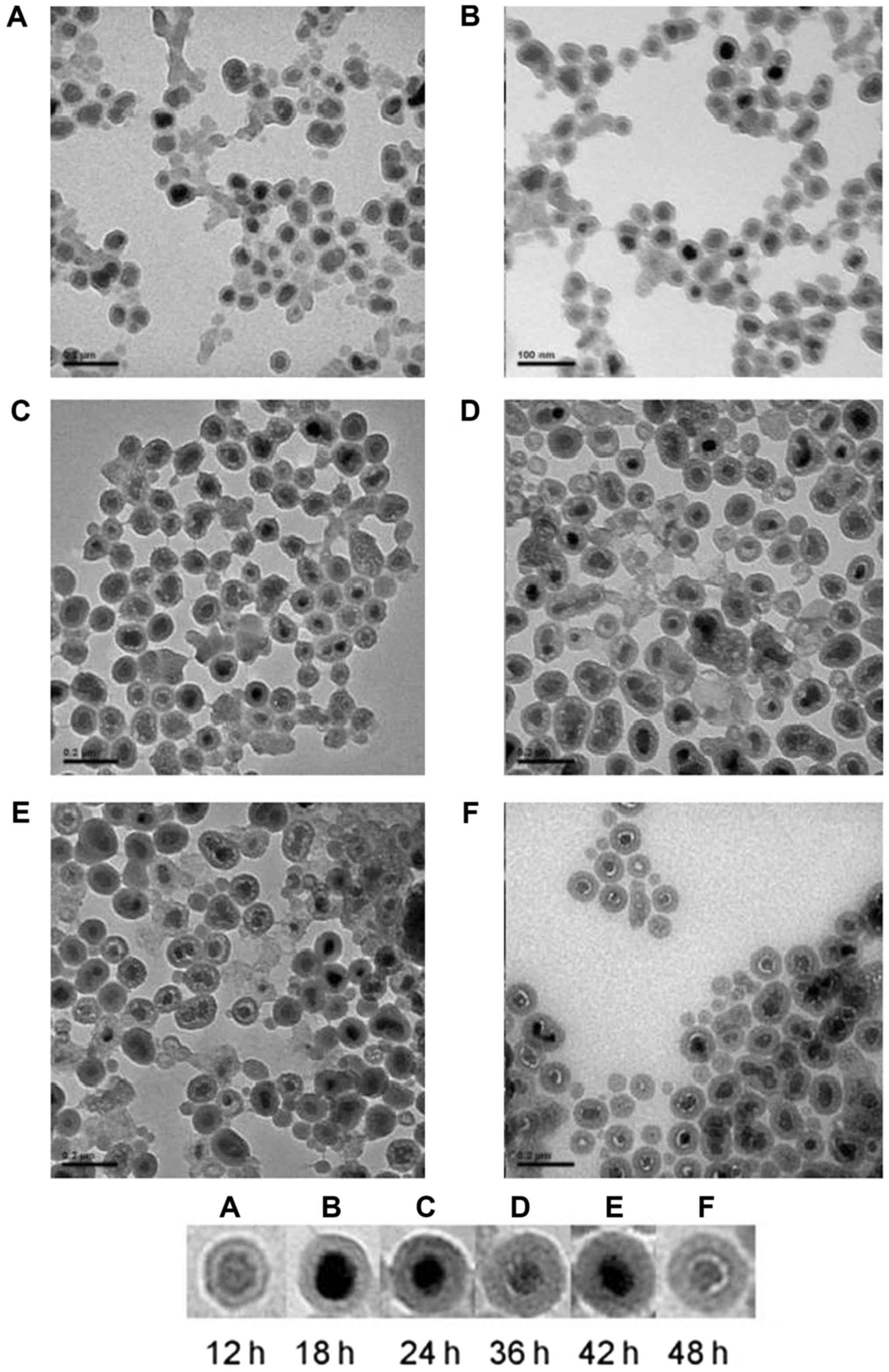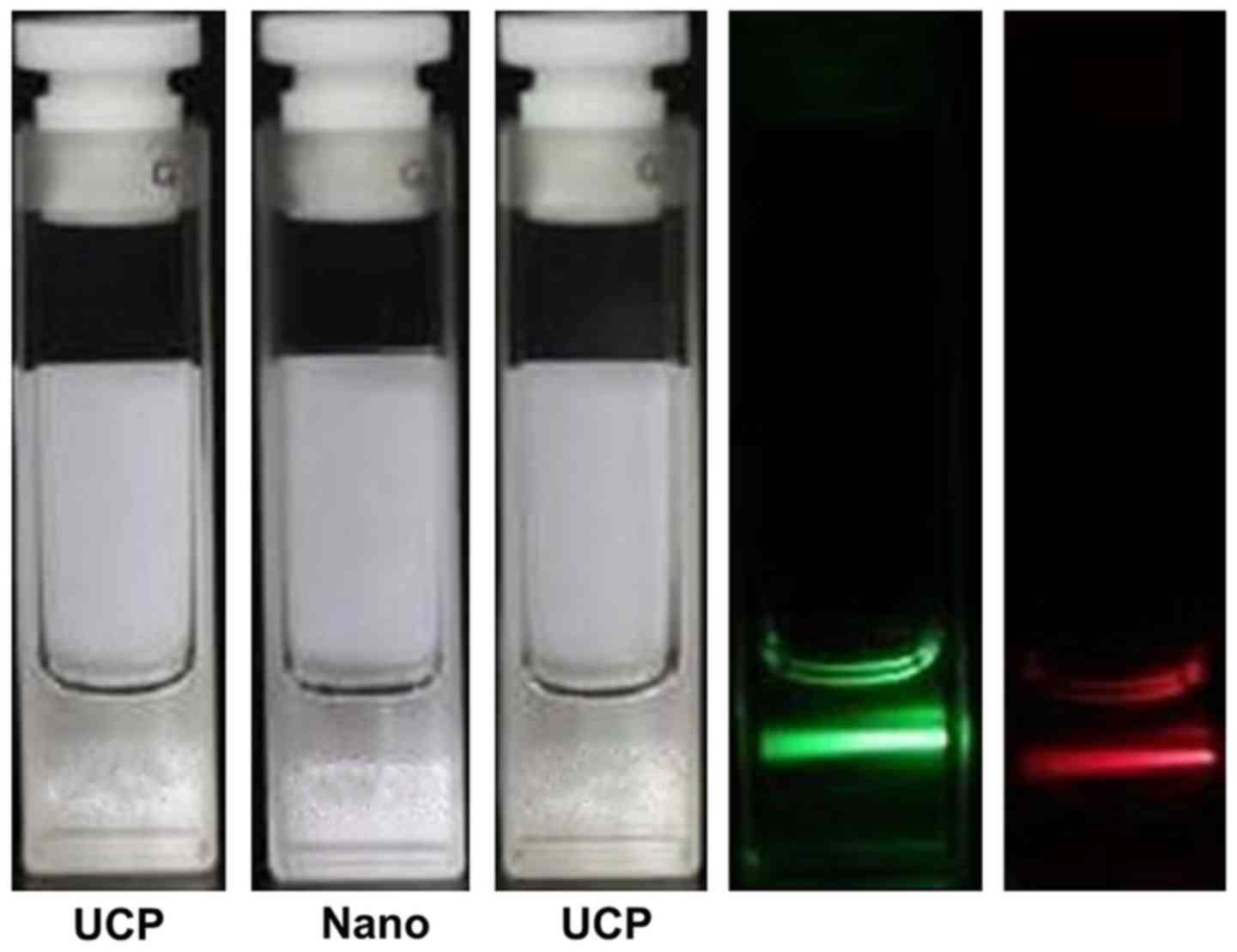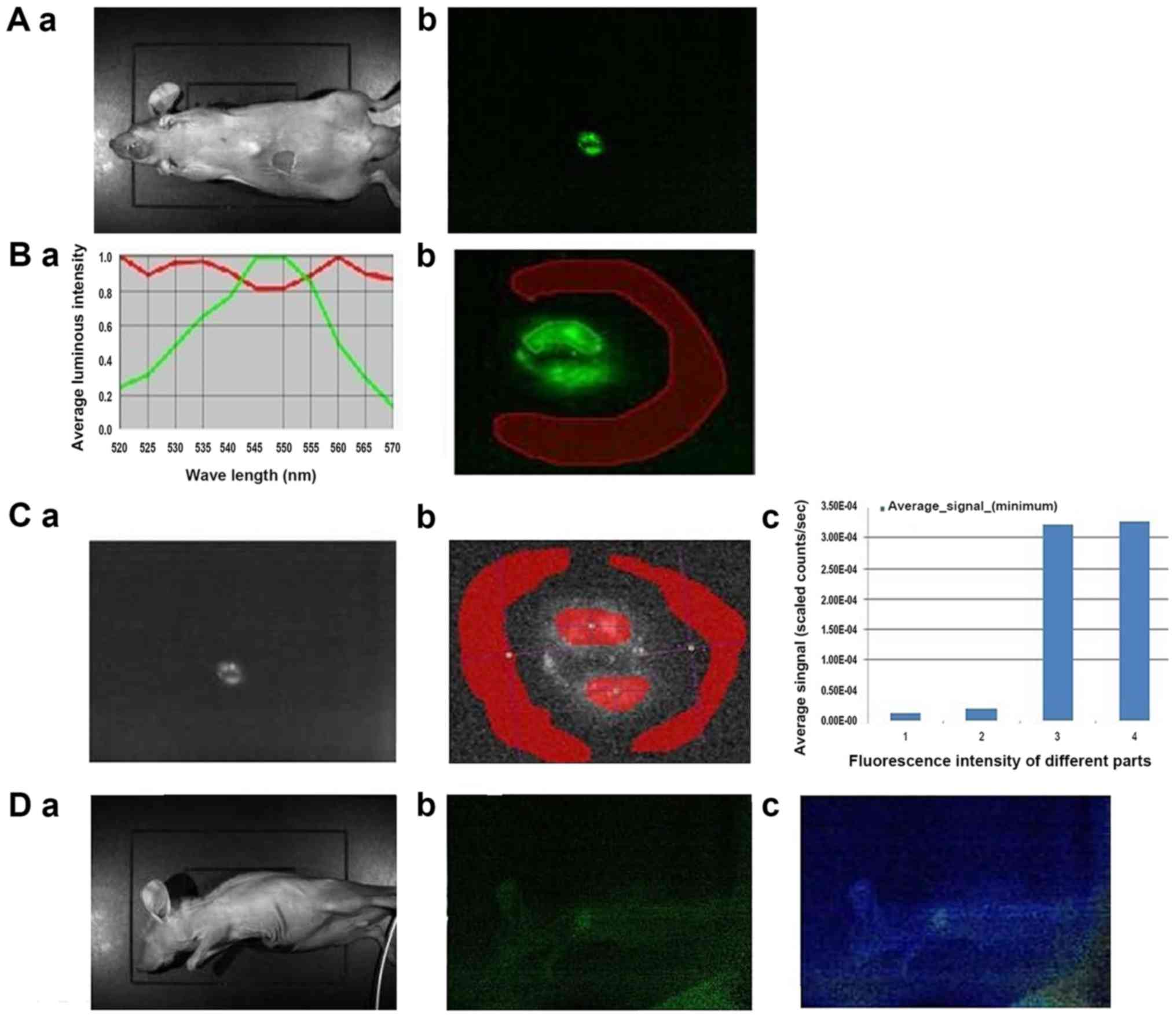|
1
|
Munoz JJ and Ellison LM: Upper tract
urothelial neoplasms: Incidence and survival during the last 2
decades. J Urol. 164:1523–1525. 2000. View Article : Google Scholar : PubMed/NCBI
|
|
2
|
Siegel R, Naishadham D and Jemal A: Cancer
statistics, 2012. CA Cancer J Clin. 62:10–29. 2012. View Article : Google Scholar : PubMed/NCBI
|
|
3
|
Cowan NC: CT urography for hematuria. Nat
Rev Urol. 9:218–226. 2012. View Article : Google Scholar : PubMed/NCBI
|
|
4
|
Rouprêt M, Zigeuner R, Palou J, Boehle A,
Kaasinen E, Sylvester R, Babjuk M and Oosterlinck W: European
guidelines for the diagnosis and management of upper urinary tract
urothelial cell carcinomas: 2011 update. Eur Urol. 59:584–594.
2011. View Article : Google Scholar : PubMed/NCBI
|
|
5
|
Babjuk M, Oosterlinck W, Sylvester R,
Kaasinen E, Böhle A, Palou-Redorta J and Rouprêt M; European
Association of Urology (EAU), : EAU guidelines on
non-muscle-invasive urothelial carcinoma of the bladder, the 2011
update. Eur Urol. 59:997–1008. 2011. View Article : Google Scholar : PubMed/NCBI
|
|
6
|
Margulis V, Shariat SF, Matin SF, Kamat
AM, Zigeuner R, Kikuchi E, Lotan Y, Weizer A, Raman JD and Wood CG;
The Upper Tract Urothelial Carcinoma Collaboration, : Outcomes of
radical nephroureterectomy: A series from the Upper Tract
Urothelial Carcinoma Collaboration. Cancer. 115:1224–1233. 2009.
View Article : Google Scholar : PubMed/NCBI
|
|
7
|
Oosterlinck W: Guidelines on diagnosis and
treatment of superficial bladder cancer. Minerva Urol Nefrol.
56:65–72. 2004.PubMed/NCBI
|
|
8
|
Xu AD, Ng CS, Kamat A, Grossman HB, Dinney
C and Sandler CM: Significance of upper urinary tract urothelial
thickening and filling defect seen on MDCT urography in patients
with a history of urothelial neoplasms. AJR Am J Roentgenol.
195:959–965. 2010. View Article : Google Scholar : PubMed/NCBI
|
|
9
|
Stepp H, Baumgartner R, Kriegmair M and
Hofstetter A: Fluorescence diagnosis of bladder tumor using
5-Aminolevulinic acid-fundamentals and results. Verlag Endo-Press;
Berlin: 2000
|
|
10
|
De Dominicis C, Liberti M, Perugia G, De
Nunzio C, Sciobica F, Zuccalà A, Sarkozy A and Iori F: Role of
5-aminolevulinic acid in the diagnosis and treatment of superficial
bladder cancer: Improvement in diagnostic sensitivity. Urology.
57:1059–1062. 2001. View Article : Google Scholar : PubMed/NCBI
|
|
11
|
Zaak D, Kriegmair M, Stepp H, Stepp H,
Baumgartner R, Oberneder R, Schneede P, Corvin S, Frimberger D,
Knüchel R and Hofstetter A: Endoscopic detection of transitional
cell carcinoma with 5-aminolevulinic acid: Results of 1012
fluorescence endoscopies. Urology. 57:690–694. 2001. View Article : Google Scholar : PubMed/NCBI
|
|
12
|
Grimbergen MC, van Swol CF, Jonges TG,
Boon TA and van Moorselaar RJ: Reduced specificity of 5-ALA induced
fluorescence in photodynamic diagnosis of transitional cell
carcinoma after previous intravesical therapy. Eur Urol. 44:51–56.
2003. View Article : Google Scholar : PubMed/NCBI
|
|
13
|
Soukka T, Kuningas K, Rantanen T,
Haaslahti V and Lövgren T: Photochemical characterization of
up-converting inorganic lanthanide phosphors as potential labels. J
Fluoresc. 15:513–528. 2005. View Article : Google Scholar : PubMed/NCBI
|
|
14
|
Vennerberg D and Lin Z: Upconversion
nanocrystals: Synthesis, properties, assembly and applications. Sci
Adv Mater. 3:pp26–40. 2011. View Article : Google Scholar
|
|
15
|
Chatterjee DK, Rufaihah AJ and Zhang Y:
Upconversion fluorescence imaging of cells and small animals using
lanthanide doped nanocrystals. Biomaterials. 29:937–943. 2008.
View Article : Google Scholar : PubMed/NCBI
|
|
16
|
Cheng L, Yang K, Zhang S, Shao M, Lee S
and Liu Z: Highly sensitive multiplexed in vivo imaging using
pegylated upconversion nanoparticles. Nano Res. 3:pp722–732. 2010.
View Article : Google Scholar
|
|
17
|
Cheng L, Yang K, Shao M, Lee ST and Liu Z:
Multicolor in vivo imaging of upconversion nanopaticles with
emissions tuned by luminescence resonance energy transfer. J Phys
Chem. 115:pp2686–2692. 2011.
|
|
18
|
Liu Q, Chen M, Sun Y, Chen G, Yang T, Gao
Y, Zhang X and Li F: Multifunctional rare-earth self-assembled
nanosystem for tri-modal upconversion
luminescence/fluorescence/positron emission tomography imaging.
Biomaterials. 32:8243–8253. 2011. View Article : Google Scholar : PubMed/NCBI
|
|
19
|
Hahn CD, Riener CK and Gruber HJ: Labeling
of antibodies with Cy3-, Cy3.5-, Cy5- and Cy5.5-monofunctional dyes
at defined dye/protein ratios. Single Mol. 2:1492001. View Article : Google Scholar
|
|
20
|
Yi GS and Chow GM: Water-soluble NaYF4:
Yb, Er(Tm)/NaYF4/polymer core/shell/shell nanoparticles
with significant enhancement of upconversion fluorescence. Chem
Mater. 19:pp341–343. 2007. View Article : Google Scholar
|
|
21
|
Shan J and Ju Y: A single-step synthesis
and the kinetic mechanism for monodisperse and hexagonal-phase
NaYF4: Yb, Er upconversion nanophosphors. Nanotechnology.
20:2756032009. View Article : Google Scholar : PubMed/NCBI
|
|
22
|
Wang L and Li Y: Na(Y1.5 Na0.5)F6
single-crystal nanorods as multicolor luminescent materials. Nano
Lett. 6:1645–1649. 2006. View Article : Google Scholar : PubMed/NCBI
|
|
23
|
Wang J, Wang F, Xu J, Wang Y, Liu Y, Chen
X, Chen H and Liu X: Lanthanide-doped LiYF4
nanoparticles: Synthesis and multicolor upconversion tuning.
Comptes Rendus Chimie. 13:731–736. 2010. View Article : Google Scholar
|
|
24
|
Tapmeier TT, Moshnikova A, Beech J, Allen
D, Kinchesh P, Smart S, Harris A, McIntyre A, Engelman DM, Andreev
OA, et al: The pH low insertion peptide pHLIP variant 3 as a novel
marker of acidic malignant lesions. Proc Natl Acad Sci USA.
112:9710–9715. 2015. View Article : Google Scholar : PubMed/NCBI
|
|
25
|
Kimbrough CW, Khanal A, Zeiderman M,
Khanal BR, Burton NC, McMasters KM, Vickers SM, Grizzle WE and
McNally LR: Targeting acidity in pancreatic adenocarcinoma:
Multispectral optoacoustic tomography detects pH-low insertion
peptide probes in vivo. Clin Cancer Res. 21:4576–4585. 2015.
View Article : Google Scholar : PubMed/NCBI
|
|
26
|
Wagner E: Tumor-targeted delivery of
anti-microRNA for cancer therapy: pHLIP is Key. Angew Chem Int Ed
Engl. 54:5824–5826. 2015. View Article : Google Scholar : PubMed/NCBI
|
|
27
|
Liotta LA and Kohn EC: The
microenvironment of the tumour-host interface. Nature. 411:375–379.
2001. View
Article : Google Scholar : PubMed/NCBI
|
|
28
|
Raghunand N, Gatenby RA and Gillies RJ:
Microenvironmental and cellular consequences of altered blood flow
in tumours. Br J Radiol 76 Spec No. 1:S11–S22. 2003. View Article : Google Scholar
|















